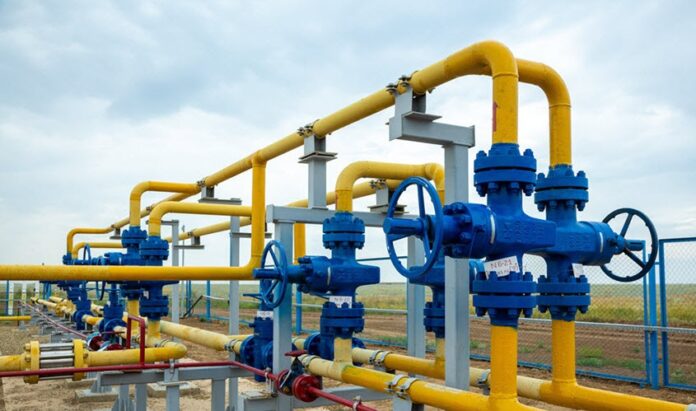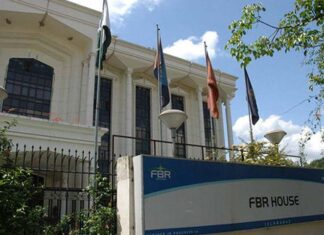The national gas transmission network is at risk as the line pack pressure continues to fluctuate between 5.12 to 5.228 billion cubic feet (bcf), exceeding the critical danger level of 5bcf for five consecutive days.
According to a report published by The News, Senior Energy Ministry officials have warned that the elevated pressure could result in a system failure, disrupting gas supply nationwide.
The high pressure has been attributed to a steep decline in the power sector’s consumption of imported re-gasified liquefied natural gas (RLNG).
The RLNG infrastructure, including two terminals, pipelines, and long-term agreements with Qatar and ENI, was designed to supply 4,800 MW RLNG-based power plants in Punjab. However, these plants are operating below optimal levels, as electricity demand has dropped to 12,000-13,000 MW with the onset of winter.
Officials cautioned that if the pressure reaches a critical level, the network could collapse, impacting power plants, industries, the fertilizer sector, and commercial gas users.
Power Division officials stated that the economic merit order prioritizes cheaper electricity sources, including local gas, nuclear, hydropower, and renewables. RLNG plants, with a generation cost of Rs26 per unit, are only utilized when necessary, further reducing RLNG demand.
The Sui Northern Gas Pipelines Limited (SNGPL) reported that despite reducing local gas outflows by 200mmcf per day since November 13, line pack pressure remains dangerously high due to minimal RLNG intake by the power sector, which has dropped to 170mmcf.
The SNGPL has repeatedly urged the Petroleum Division to press the Power Division to increase RLNG consumption in power plants to alleviate the pressure.
Adding to the pressure concerns, LNG regasification from Terminal-2 was suspended on November 16 for maintenance, further straining the system. Despite this, line pack pressure was recorded at 5.166bcf on November 17, slightly down from 5.228bcf the previous day but still above the danger threshold.
Officials anticipate that pressure may ease by the end of November as colder temperatures drive up gas usage for heating. However, current data shows limited changes in consumption patterns, with the fertilizer sector consuming 92mmcf, export and non-export industries using 310mmcf, and indigenous gas intake dropping to 558mmcf from 749mmcf earlier this month.























